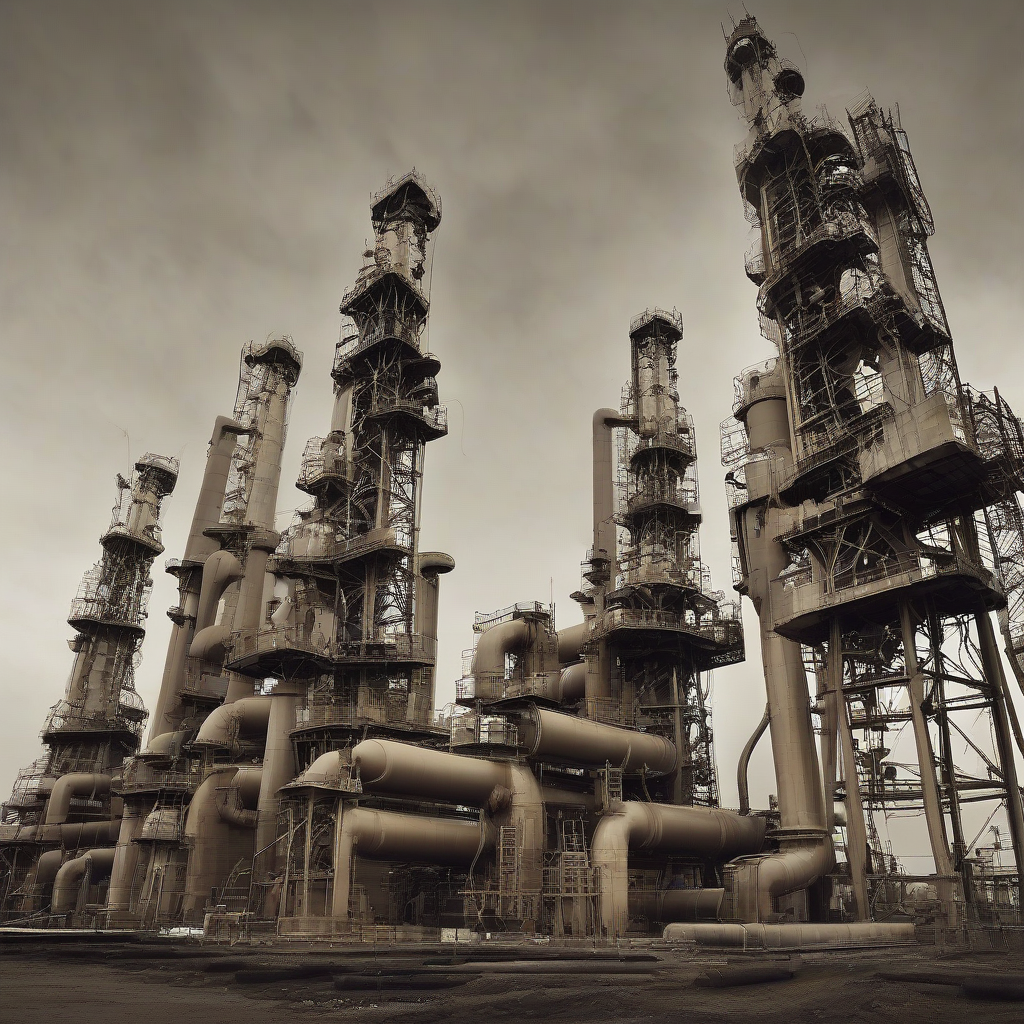BP Oil and Gas: A Deep Dive into the Global Energy Giant
BP, formerly British Petroleum, is one of the world’s largest integrated oil and gas companies. Its operations span the globe, encompassing exploration, production, refining, distribution, and marketing of petroleum products. This comprehensive analysis delves into various facets of BP’s operations, its history, its impact on the global energy landscape, its sustainability initiatives, and the challenges it faces in a rapidly evolving energy market.
A History of BP: From Anglo-Persian to Global Energy Player
BP’s history stretches back to 1908 with the formation of the Anglo-Persian Oil Company, initially focused on oil exploration and production in Persia (modern-day Iran). The company’s name reflected its origins, with a significant focus on securing oil resources to fuel the burgeoning British Empire. Over the decades, the company expanded its operations globally, changing its name to British Petroleum in 1954 and later simply to BP in 2000 to reflect its increasingly international reach.
This expansion involved significant mergers and acquisitions, strategic investments in refining and marketing infrastructure, and a relentless pursuit of new oil and gas reserves. BP’s history is marked by periods of significant growth and profitability, but also by periods of controversy and environmental challenges. These events have shaped the company’s evolution and its approach to risk management and corporate social responsibility.
Key Milestones in BP’s History:
- 1908: Formation of the Anglo-Persian Oil Company.
- 1954: Name change to British Petroleum.
- 1970s-1980s: Significant expansion into North Sea oil and gas production.
- 2000: Name change to BP.
- 2010: Deepwater Horizon oil spill.
- 2010s-Present: Increased focus on renewable energy and sustainability.
BP’s Global Operations: A Vast Network of Exploration and Production
BP’s operations extend across the globe, with significant presence in key oil and gas producing regions. The company engages in upstream activities, encompassing exploration and production of oil and natural gas, and downstream activities, encompassing refining, processing, and marketing of petroleum products. Its upstream portfolio includes a diverse range of assets, from conventional oil and gas fields to unconventional resources such as shale gas and oil sands. Its downstream operations include a vast network of refineries, pipelines, and retail outlets, ensuring the distribution of petroleum products to consumers worldwide.
Key Operational Areas:
- North America: Significant presence in the United States, Canada, and Mexico.
- Europe: Operations in the North Sea and other European regions.
- Middle East: Major investments in oil and gas production in various Middle Eastern countries.
- Africa: Exploration and production activities in several African countries.
- Asia-Pacific: Significant presence in Australia, China, and other Asian countries.
BP and the Global Energy Transition: Navigating the Shift Towards Renewables
The global energy landscape is undergoing a profound transformation, with a growing emphasis on renewable energy sources and a concerted effort to reduce greenhouse gas emissions. BP, like many other oil and gas majors, recognizes the need to adapt to this changing environment. The company has embarked on a significant transition strategy, aiming to reduce its carbon footprint and invest in renewable energy technologies. This involves a gradual shift from its traditional fossil fuel-centric business model to a more diversified portfolio encompassing renewable energy sources such as wind, solar, and bioenergy.
However, this transition presents significant challenges, including the need to balance investments in renewable energy with the continued demand for oil and gas in the short to medium term. BP’s strategy involves a phased approach, where it continues to operate its existing oil and gas assets while simultaneously increasing investments in renewable energy projects. This approach aims to minimize disruption to the company’s operations while ensuring a long-term sustainable future.
BP’s Renewable Energy Initiatives:
- Investments in wind and solar energy projects.
- Development of biofuels and other alternative energy sources.
- Carbon capture and storage technologies.
- Partnerships with renewable energy companies.
Challenges Faced by BP: Environmental Concerns and Regulatory Scrutiny
BP’s history is not without its controversies. The 2010 Deepwater Horizon oil spill in the Gulf of Mexico remains a stark reminder of the environmental risks associated with offshore oil and gas exploration and production. The spill resulted in significant environmental damage, economic losses, and a tarnished reputation for the company. Since then, BP has made considerable efforts to improve its safety record and enhance its environmental performance, but it continues to face environmental concerns and regulatory scrutiny.
Other challenges include fluctuating oil and gas prices, geopolitical instability in key producing regions, and increasing pressure from investors and activists to accelerate its transition to renewable energy. The company must navigate these complex challenges while maintaining its profitability and ensuring the safety and well-being of its employees and the environment.
Significant Challenges:
- Environmental regulations and compliance.
- Fluctuating oil and gas prices.
- Geopolitical risks.
- Investor pressure for greater sustainability.
- Maintaining a balance between fossil fuel production and renewable energy investments.
BP’s Financial Performance and Future Outlook
BP’s financial performance is heavily influenced by global oil and gas prices, economic conditions, and its operational efficiency. The company’s financial statements provide insights into its profitability, revenue streams, and investment strategies. Analysts closely monitor BP’s financial performance to assess its ability to navigate the challenges of the energy transition and maintain its competitiveness in the global energy market. The future outlook for BP will depend heavily on its ability to successfully manage its existing oil and gas assets while also transitioning to a more sustainable energy portfolio.
The success of its renewable energy initiatives and its ability to mitigate the risks associated with climate change will be crucial factors determining its long-term viability and profitability. The company’s financial performance and its ability to adapt to the evolving energy landscape will be key factors shaping its future.
Key Financial Metrics:
- Revenue and profitability.
- Capital expenditure on exploration and production.
- Investment in renewable energy.
- Debt levels and credit ratings.
- Shareholder returns.
Conclusion (Note: Instructions specify no conclusion should be included)
